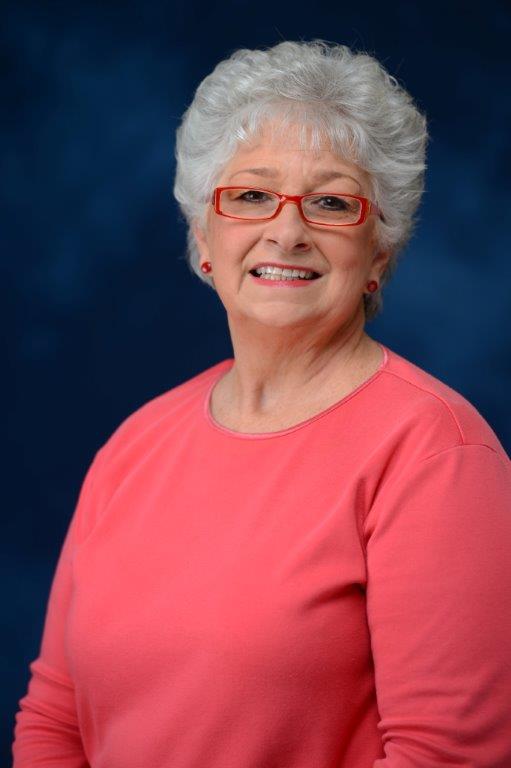John Howell Column
Published 12:00 am Tuesday, September 8, 2009

John Howell Sr.
The name change that Mississippi University for Women President Claudia A. Limbert has proposed for the “W” — Reneau University — has stirred up controversy among many alum. Limbert will make her recommendation to the state legislature in January.
It is to MUW senior and Panola County native Terilynn Hubbard that I am indebted for sharing information about the remarkable woman and her Panola County connections.
Reneau may indeed be the most underappreciated woman in the state’s history. And she lived right here in Panola County.
Sallie Eola Reneau had been born in Tennessee to a southern, white middle class family in 1837, according to “A Biographical Sketch of Sallie Eola Reneau” by Dr. David Sansing, Emeritus Professor of History at Ole Miss. Her mother died in 1841 and by 1850, she and her brother, William Edward Reneau, had moved with their dad to Panola County.
“Sallie and her younger brother were semi-orphans and mostly fended for themselves, living with various relatives, because their father was often gone in search of his fortune,” Sansing writes.
“In 1856, Reneau, who had recently graduated from Holly Springs Female Academy, presented a sophisticated seven-page document to the Mississippi legislature and persuaded the lawmakers to charter a public college for women at Grenada. This seminal document ‘sent an influence upward to the higher social strata and downward to the lowest,’” according to information provided by MUW.
The legislature approved the idea, establishing the State Female College in Yalobusha County, which then included Grenada. Unfortunately, legislators — not unlike state legislators today — approved no funds.
The Civil War intervened, postponing her efforts to establish a female college but propelling her abundant energy into another effort. Her brother and father rushed off to war. Sallie stayed home and organized in Panola County a group of women who called themselves the Mississippi Nightingales, according to Sansing, “’to nurse the sick and wounded soldiers and to sew for those who might need it,’” she told Mississippi Governor John J. Pettus in a letter.
“Sallie’s effort to establish a wartime Volunteer Relief Association predated the establishment of the International Red Cross by several years,” Sansing writes.
Reneau asked the governor for uniforms, pay equal to soldiers and for small arms for protection in the lawless environment promulgated by war. She didn’t get it, so Reneau instead organized the Society of Sisters in Panola County and conducted relief on a smaller scale than she had originally envisioned.
When the Civil War ended, Reneau taught at Batesville Academy and continued her efforts to establish a state college for women.
The Reconstruction legislature of 1872 responded by establishing a female college and naming it for Reneau, Sansing continues. “The Reneau Female University of Mississippi at Oxford was established at Oxford as a Co-equal branch of the University of Mississippi to provide college level courses to women ‘on the same and equal privileges that the males have been and are now being taught,’” Sansing’s biographical sketch continues.
Each time Reneau approached the legislature to urge them to create the university she longed for, she emphasized the advantages of education not just to females but to the “‘indigent and opulent,’” Sansing writes.
Again, the legislature provided no funds. After the U. S. Congress decided to make no further land grants to Mississippi for colleges, the legislature repealed the act.
But Reneau kept pushing and convinced the legislature to establish, with the help of long-time friends in Panola County, the Reneau Female University of Mississippi at Sardis.
Again, funding was postponed and the institution of higher learning for females that Reneau had envisioned came into existence only in name on a bill in the legislature.
It was 1884 before a college for females was established, the Industrial Institute and College at Columbus that would become Mississippi State College for Women.
But by then, Reneau was dead. She had left Sardis in the late 1870s help organize a school in Germantown, Tenn. She had just returned home to Mississippi, Sansing writes, when Yellow Fever swept through the lower Mississippi Valley.
“During the Yellow Fever epidemic in the late summer of 1878 Sallie Reneau went back to Germantown where she organized a small band of ladies to care for those who were sick and dying, …” according to Sansing.
And in October, 1878, the scrourge claimed Reneau at age 41.
Sansing closes his biographical sketch of Reneau as follows:
“When Mississippi’s United States Senator learned of Sallie Reneau’s death, he declared, ‘The State of Mississippi, at the earliest session of her legislature, should erect over her remains some monument … worthy of this great scholar of the state of which she was proud to have been a daughter.’”
The legislature never did that either.
Mississippi University for Women has named a building for her on its campus, but Limbert is right in claiming for the university the name of this remarkable woman.





